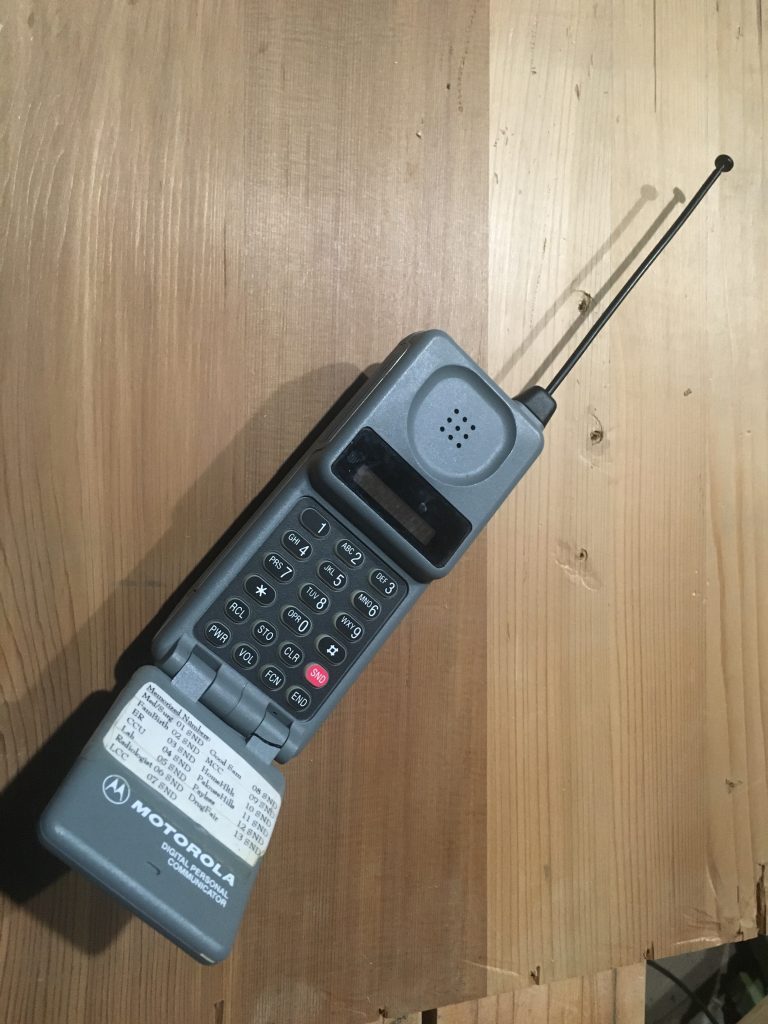
Last week I saw all my patients (except one) by phone or online visit: telehealth. Thanks to our global pandemic us old doctors are having to learn new tricks.
It was telling that the telehealth, online visits were mostly with younger patients, and the older ones used a phone call. The patient has to download an “app” so I can talk to them through a secure video feed. Many folks my age, my wife included, wonder just what the heck is an “app”. And download isn’t about moving freight. But maybe we all will learn some things.
Many of the staff in our clinic are busy talking to people to advise them whether they should come in to the clinic or not. The default setting is “not”, but we make some exceptions. And we have made these telehealth visits common and easy. Since I am in the high-risk group for this novel corona virus (over 60) I will be doing all my patient visits from home for the foreseeable future. It took an hour of two to get the laptop set up but I’m ready for a busy day tomorrow.
But I want you to imagine a business where you advise the customer to stay away. Doctors are used to being paid to “do things”, and often patients expect it. We charge for the office visit, but we get paid more if we take off a mole or some procedure, or prescribe something or order a test. Paying office medical staff to advise the patient to stay home may serve the public welfare, but it doesn’t make the payments on the lake cabin.
But this is the way health care needs to be transformed. And, here in Idaho and all across this country, it is.
When I first joined my group in this small town, they notified me the telephone company would be running a dedicated line to my house. You have to understand, this was before cell phones. When I was on call, I stayed late in the clinic and when the receptionist left after the last patient she flipped a switch. That switch routed all clinic calls to the phone by my bed. My line at home had a switch too. I had to remember to flip the switch on when I got home, and flip it off when I went in to round in the morning.
Our clinic goal was to keep our patients out of the hospital emergency room. We had late night (until 8PM) and weekend clinic hours. The on-call doc would listen to all manner of night time complaints, offer advice and rarely advise a night time trip to the ER.
As technology progressed, we moved to beepers, and even adopted the earliest, clunkiest cell phone. But we never bothered to measure whether we were doing a good job keeping our patients out of the ER. We didn’t have the data.
But I’m pretty sure insurance companies knew the numbers. One year I sat in on negotiating what an insurance company would pay our clinic. They wanted to pay us less because we weren’t hitting their goal for getting women mammograms. I asked them, “How are we doing on ER utilization?” They said they don’t consider that data in their contract negotiations. “OK,” I said, “but you must know how we are doing.” The representative smiled. He said we had the lowest ER utilization of any practice they contracted with. But they wouldn’t pay us for it.
This is what is going to have to change. We are going to have to reward doctors, providers and hospitals for keeping communities healthy, for keeping costs down, and providing good care. I believe the numbers are out there; we just have to build a system that aligns these incentives. And this pandemic is disrupting the comfortable status quo. We badly need the change.
